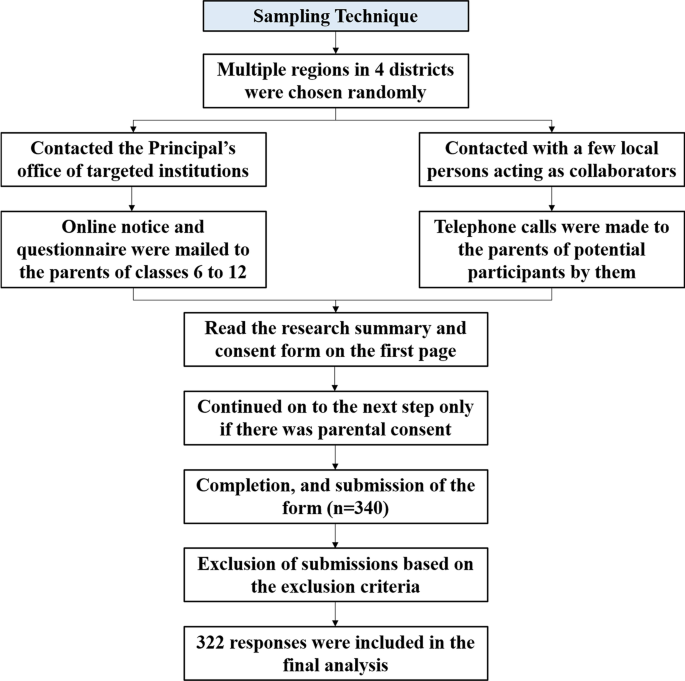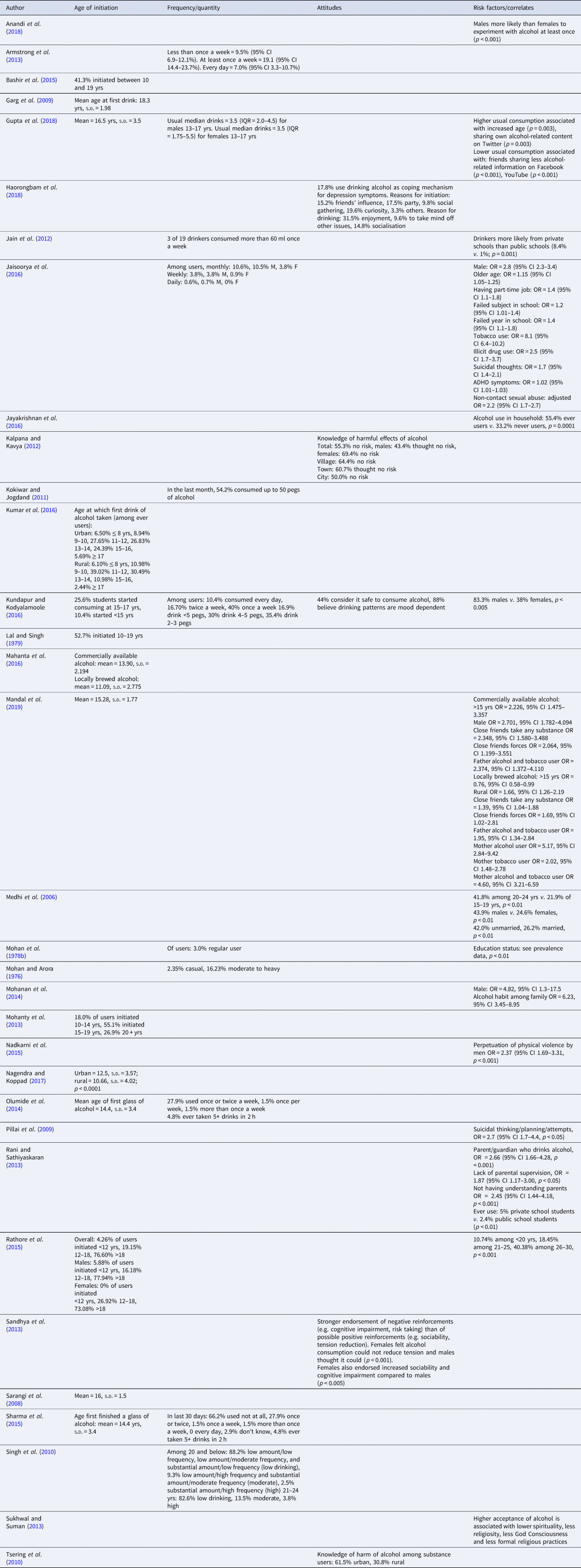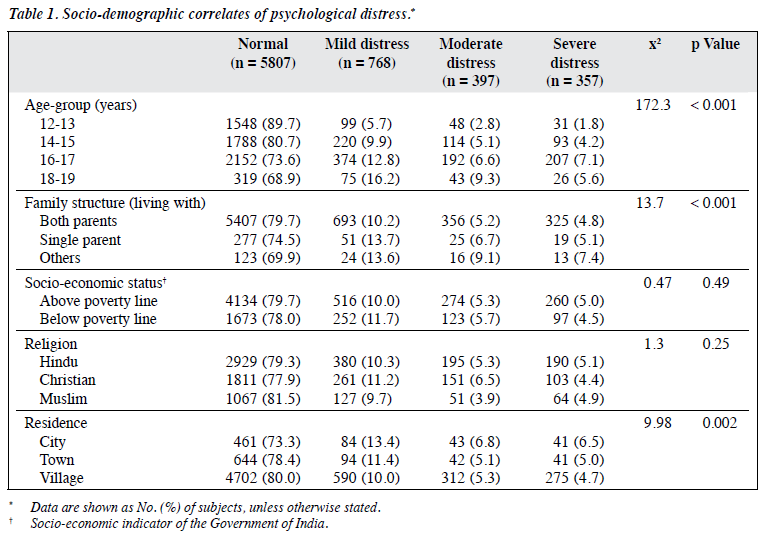Prevalence and correlates of psychological distress among 13–14 year old adolescent girls in North Karnataka, South India: a cross-sectional study, BMC Public Health
By A Mystery Man Writer
Last updated 20 Sept 2024
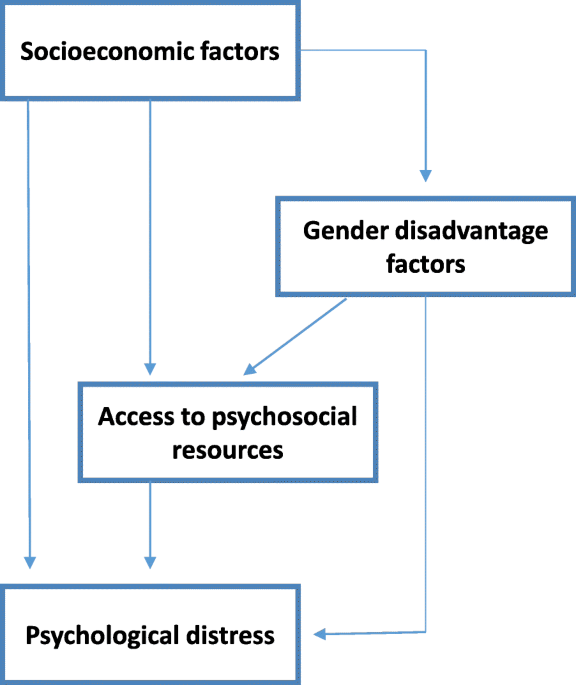
Background Mental health disorders among adolescents have emerged as a major public health issue in many low and middle-income countries, including India. There is a paucity of research on the determinants of psychological distress, particularly among the poorest girls in the poorest communities. The purpose of this study was to assess the prevalence and correlates of different indicators of psychological distress among 13–14 year old low caste girls in rural, south India. Methods Cross-sectional survey of 1191 low caste girls in two districts in north Karnataka, conducted as part of a cluster randomised-control trial. Bivariate and multivariate logistic regression analysis assessed correlates of different indicators of psychological distress. Results More than one third of girls (35.1%) reported having no hope for the future. 6.9% reported feeling down, depressed or hopeless in the past 2 weeks. 2.1% reported thinking they would be better off dead or of hurting themselves in some way in the past 2 weeks. 1.6% reported sexual abuse, 8.0% rrecent eve teasing and 6.3% having no parental emotional support. Suicidal ideation was independently associated with sexual abuse (AOR 11.9 (3.0–47.0)) and a lack of parental emotional support (AOR 0.2 (0.1–0.5)). Feeling down, depressed or hopeless was independently associated with recent eve-teasing (AOR 2.9 (1.6–5.4)), a harassing or abusive school environment (AOR 3.9 (1.8–8.2)), being frequently absent (AOR 2.8 (1.5–5.5)) or having dropped out of school (AOR 2.1 (1.0–4.3)), and living in Vijayapura district (AOR 2.5 (1.6–4.1)). Having no hope for the future was independently associated with a range of factors, including recent “eve-teasing” (AOR 1.5 (1.0–2.4)), being engaged (AOR 2.9 (0.9–9.7)), not participating in groups (AOR 0.5 (0.4–0.6)) and a lack of emotional support (AOR 0.6 (0.4–0.7)). Conclusions Rather than being a time of optimism, a third of low caste girls in rural north, Karnataka have limited hope for the future, with some contemplating suicide. As well as having important development benefits, interventions that address the upstream structural and gender-norms based determinants of poor mental health, and provide adolescent services for girls who require treatment and support, should have important benefits for girls’ psychological wellbeing. Trial registration Prospectively registered at ClinicalTrials.GovNCT01996241 . November 27, 2013
Prevalence of Worry-Induced Sleep Disturbance and Associated
Access to online learning: Machine learning analysis from a social
Emotional distress among adolescents living with perinatal HIV in
IJERPH, Free Full-Text
The patterns, trends and major risk factors of suicide among
Mental health status of adolescents in-home quarantine: a multi-region, cross-sectional study during COVID-19 pandemic in Bangladesh, BMC Psychology
Alcohol use among adolescents in India: a systematic review
Gender, Paid Work, and Mental Health of Adolescents and Young
Stigma associated with mental health problems among young people in India: a systematic review of magnitude, manifestations and recommendations. - Abstract - Europe PMC
Prevalence of Worry-Induced Sleep Disturbance and Associated
Intersectional discrimination and mental health inequalities: a
Frontiers Eating behavior of adolescent girls in countries with a high prevalence of stunting under five: a systematic review
Prevalence and Correlates of Psychological Distress in Adolescent
Measuring Food Insecurity in India: A Systematic Review of the
Recommended for you
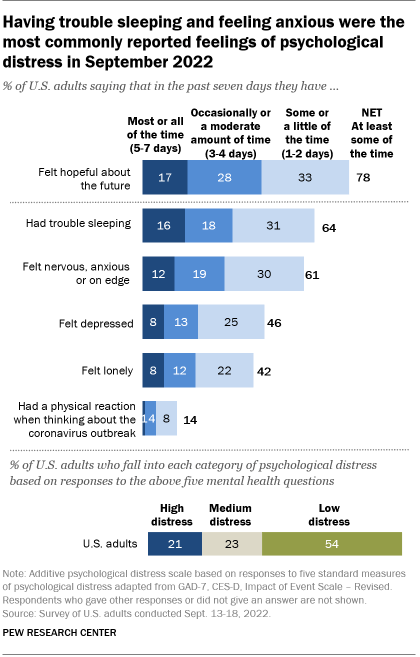 During the pandemic, 41% of US adults faced high levels of mental14 Jul 2023
During the pandemic, 41% of US adults faced high levels of mental14 Jul 2023 AN OVERVIEW OF PSYCHLOGICAL PERCEPTION, PSYCHOLOGICAL DISTRESS14 Jul 2023
AN OVERVIEW OF PSYCHLOGICAL PERCEPTION, PSYCHOLOGICAL DISTRESS14 Jul 2023 Psychological Distress after Burn Injury14 Jul 2023
Psychological Distress after Burn Injury14 Jul 2023- Psychological Distress distribution among university students14 Jul 2023
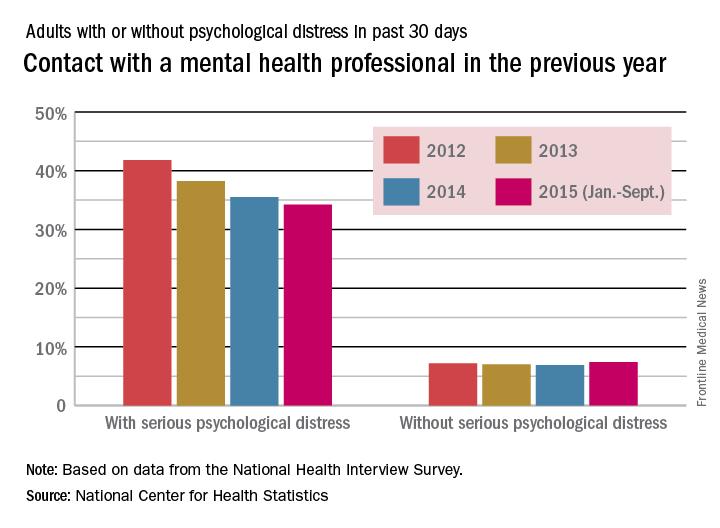 Fewer adults with psychological distress getting mental health14 Jul 2023
Fewer adults with psychological distress getting mental health14 Jul 2023 New report highlights worsening psychological distress and14 Jul 2023
New report highlights worsening psychological distress and14 Jul 2023 How is the distribution of psychological distress changing over14 Jul 2023
How is the distribution of psychological distress changing over14 Jul 2023 COVID-19 discrimination connected to psychological distress and14 Jul 2023
COVID-19 discrimination connected to psychological distress and14 Jul 2023 COVID-19 and the amplification of cardiovascular risk by psychological distress14 Jul 2023
COVID-19 and the amplification of cardiovascular risk by psychological distress14 Jul 2023![PDF] An investigation of Psychological Distress , Negative Affect , Daily Stress , Suicidal Ideation and Mental Health among Married Professionals : A Comparative Study](https://d3i71xaburhd42.cloudfront.net/dbc7c9cd438d22f3289a5083a70354c10a80ce35/7-Table2-1.png) PDF] An investigation of Psychological Distress , Negative Affect , Daily Stress , Suicidal Ideation and Mental Health among Married Professionals : A Comparative Study14 Jul 2023
PDF] An investigation of Psychological Distress , Negative Affect , Daily Stress , Suicidal Ideation and Mental Health among Married Professionals : A Comparative Study14 Jul 2023
You may also like
 BLACK JEGGINGS14 Jul 2023
BLACK JEGGINGS14 Jul 2023 Women's Wet Look Faux Leather Pants Ladies High Waist Skinny Leggings Trousers14 Jul 2023
Women's Wet Look Faux Leather Pants Ladies High Waist Skinny Leggings Trousers14 Jul 2023 Classic No Rims Push Up Bra Sexy Women Underwear Large Chest 36-50 Bras Floral Lace Embroidery Intimate Lingerie big bust C1214 Jul 2023
Classic No Rims Push Up Bra Sexy Women Underwear Large Chest 36-50 Bras Floral Lace Embroidery Intimate Lingerie big bust C1214 Jul 2023 Stick-It - 2 Metre Roll - Self-Adhesive Lampshade Material 150cm14 Jul 2023
Stick-It - 2 Metre Roll - Self-Adhesive Lampshade Material 150cm14 Jul 2023 POSESHE Women's Boxer Underwear, Plus Size Boyshorts Panties 6/8 Inseam14 Jul 2023
POSESHE Women's Boxer Underwear, Plus Size Boyshorts Panties 6/8 Inseam14 Jul 2023 Adult Black and Red Ombre Wig14 Jul 2023
Adult Black and Red Ombre Wig14 Jul 2023 Playtex-Nursing Seamless Wirefree Bra with Shaping Foam Cups-495814 Jul 2023
Playtex-Nursing Seamless Wirefree Bra with Shaping Foam Cups-495814 Jul 2023 Dayalband, India 2024: Best Places to Visit - Tripadvisor14 Jul 2023
Dayalband, India 2024: Best Places to Visit - Tripadvisor14 Jul 2023 Pilates Ring – For Pilates Exercises to Better Firm Arms and14 Jul 2023
Pilates Ring – For Pilates Exercises to Better Firm Arms and14 Jul 2023 Hanes Women's Cotton Hi-Cut Panties, 6-Pack14 Jul 2023
Hanes Women's Cotton Hi-Cut Panties, 6-Pack14 Jul 2023




